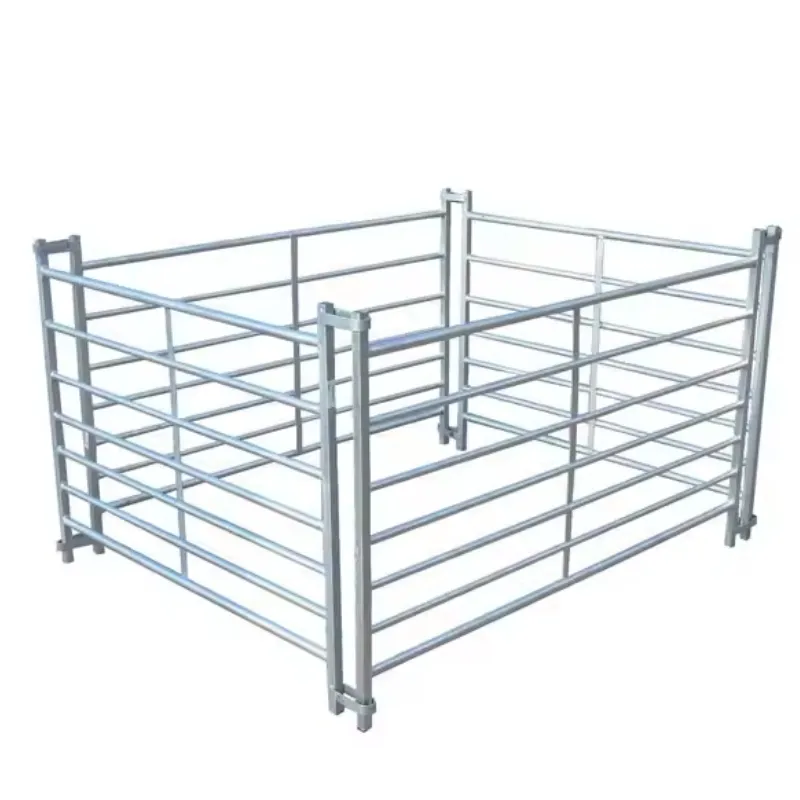
- Afrikaans
- Albanian
- Arabic
- Armenian
- Azerbaijani
- Basque
- Belarusian
- Bengali
- Bosnian
- Bulgarian
- Croatian
- Czech
- Danish
- Dutch
- English
- Esperanto
- Estonian
- Finnish
- French
- Galician
- Georgian
- German
- Greek
- hawaiian
- Hindi
- Hungarian
- Indonesian
- irish
- Italian
- Lao
- Latvian
- Lithuanian
- Luxembourgish
- Macedonian
- Maltese
- Myanmar
- Norwegian
- Polish
- Portuguese
- Romanian
- Russian
- Serbian
- Slovak
- Somali
- Spanish
- Swedish
- Thai
- Turkish
- Turkmen
- Vietnamese
Dec . 30, 2024 00:17 Back to list
Understanding Different Sizes of Bar Gratings for Various Applications
Understanding Bar Grating Sizes A Comprehensive Overview
Bar grating, often referred to as steel grating or simply grates, is a crucial component used in various industrial and architectural applications. These structures, made from a series of parallel bars, are primarily employed for walking surfaces, flooring, and drainage systems due to their strength, durability, and ability to allow the passage of air, light, and water. Understanding the different sizes and configurations of bar grating is essential for selecting the right type for a specific application.
Types of Bar Grating
Bar grating comes in several types, with the most common being
1. welded steel grating This type is made by welding perpendicular bars to horizontal bars, creating a sturdy and rigid structure. Welded grating is popular for its strength and ability to hold heavy loads.
2. swage locked grating Made using a unique process where vertical bars are inserted into pockets in the horizontal bars and then locked in place through swaging. This design offers a seamless finish and is suitable for applications requiring a smooth surface.
3. pressure locked grating Similar to swage locked grating but created using pressure to lock the bars in place. This type is known for its high load-bearing capacity and is often used in industrial applications.
Bar Grating Sizes
Bar grating sizes can vary widely depending on the application requirements. The size is typically described by its width, thickness, and spacing between bars, which can be customized for specific needs.
1. Width The width of the bearing bars can range from 1 inch to 2 inches, with the common choice being 1.5 inches. The width determines the load-bearing capacity and overall stability of the grating.
bar grating sizes

2. Thickness Bar grating is available in various thicknesses, often ranging from 1/4 inch to 1/2 inch. Thicker bars provide additional strength, making them ideal for heavy-duty applications.
3. Spacing The spacing between the bars is critical as it affects both safety and functionality. Typical spacing between bars can be 1 inch, 1.5 inches, or 2 inches, depending on the intended use. For instance, tighter spacing is advantageous in areas where smaller objects or debris need to be prevented from falling through.
Considerations for Choosing Bar Grating
Selecting the appropriate bar grating size involves considering several factors
1. Load Requirements Assessing the expected weight that the grating will support is crucial. This includes considering dynamic loads, such as walking traffic or heavy machinery.
2. Environmental Conditions The location and environment where the grating will be installed also influence the choice. For instance, grating exposed to corrosive substances may require materials like stainless steel or undergo protective coatings.
3. Safety Standards Depending on the application, safety regulations may dictate specific requirements for grating design, including slip resistance and load capacity.
Conclusion
Bar grating sizes play a pivotal role in ensuring the safety and functionality of various applications in construction and industry. By understanding the different types, dimensions, and considerations involved in selecting bar grating, engineers and architects can make informed choices that contribute to the structural integrity and operational success of their projects. Whether it is for flooring, walkways, or drainage systems, the right bar grating can provide durability, safety, and efficiency in any environment. Thus, making a well-informed selection is integral to achieving optimal results.
-
Your Ultimate Solution for Australian Temporary Fencing
NewsMay.14,2025
-
The Ultimate Guide to Crowd Control Barriers: Secure Your Events with Ease
NewsMay.14,2025
-
Secure Your Livestock with High-Quality Livestock Fence Panels
NewsMay.14,2025
-
Enhance Your Livestock Management with Top-Quality Cattle Fences
NewsMay.14,2025
-
Enhance Security and Safety with Temporary Fencing Solutions
NewsMay.14,2025
-
Corral Gates
NewsMay.14,2025









